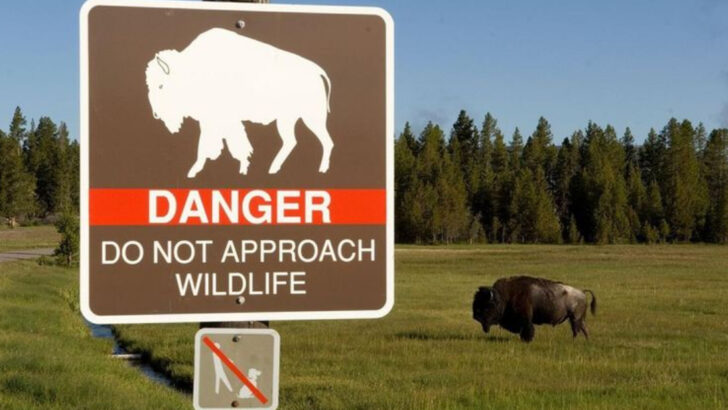Yellowstone isn’t just a national park—it’s a wild, pulsing, untamed beast.
Beneath the geysers and postcard-worthy views, something fierce is always watching. Massive bison with unpredictable moods. Wolves that vanish like ghosts. Bears that don’t care how many selfies you’ve seen online. This place isn’t a zoo—it’s the real deal, and the animals here make their own rules.
People come for the beauty. They stay for the adrenaline. One wrong step, one bad idea, and you’re part of the food chain. It’s not fearmongering—it’s nature at full volume.
Yellowstone’s wildlife doesn’t just survive.
It dominates.
And it’s not afraid to remind us who’s really in charge.
Grizzly Bear
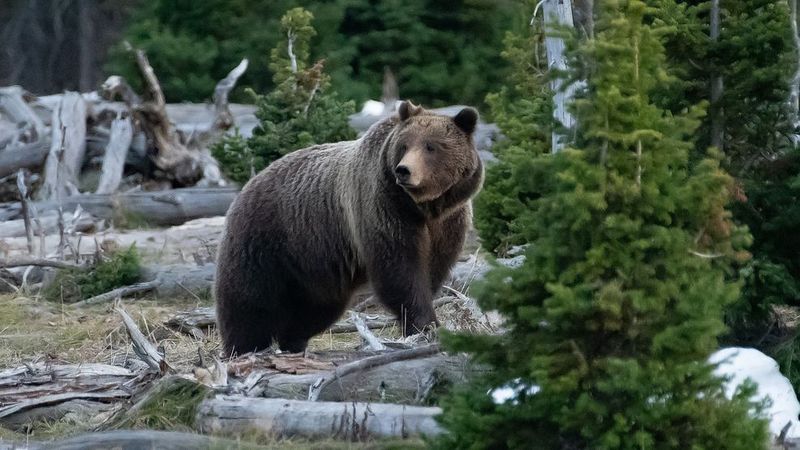
Few sights in Yellowstone are as awe-inspiring as a grizzly bear roaming the wild. These majestic creatures are not only symbols of the wilderness but also pose serious threats. With powerful limbs and sharp claws, a grizzly can sprint faster than an Olympic sprinter. Yellowstone’s grizzlies are particularly territorial, often defending their turf with aggression.
Encountering a grizzly is a thrilling yet daunting experience. Their sense of smell is keen, and they can detect food from miles away. Remember, while they might look fluffy, grizzlies are formidable predators.
Did you know? Grizzlies can eat up to 90 pounds of food a day to prepare for hibernation.
American Bison

The American bison, often seen grazing peacefully, can be deceptively dangerous. Weighing up to 2,000 pounds, these giants can charge at speeds exceeding 30 miles per hour.
Despite their docile appearance, bison are unpredictable and can attack with little warning, especially during mating season. Many visitors mistakenly approach them too closely, not realizing the risk.
In the mid-1800s, bison were nearly driven to extinction, making their recovery a conservation success story. Always maintain a safe distance; respect their space and they’ll respect yours.
Gray Wolf

The gray wolf’s howl is both eerie and beautiful, a true sound of the wild. Reintroduced to Yellowstone in the 1990s, these apex predators play a crucial role in the ecosystem by controlling elk populations.
Wolves are generally wary of humans, but their pack mentality means they hunt efficiently. Watching them in their natural habitat is a privilege, yet caution is advised.
Did you know? Every wolf has a unique howl, much like a fingerprint, used to communicate with their pack.
Stay vigilant and respect their space, as any cornered animal could become aggressive.
Elk

Elk are among Yellowstone’s most photographed animals, especially during the rutting season when bulls showcase impressive antlers. However, they can be aggressive, particularly during mating and calving seasons.
Despite their herbivorous diet, they have been known to attack humans. Their speed and agility make them formidable opponents, and they can run up to 40 mph.
Elk were once rare in North America due to overhunting but have made a remarkable comeback. Observe from a distance and avoid any interference, especially when calves are present.
Cougar
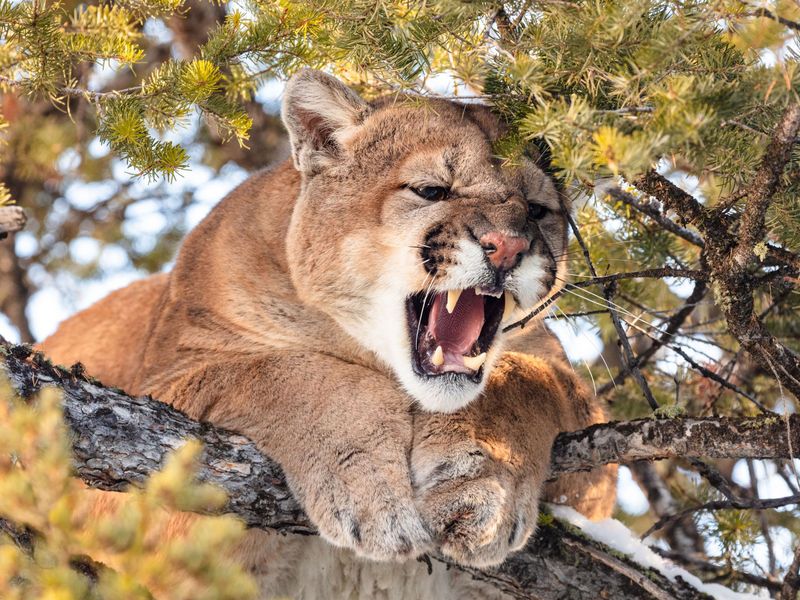
The elusive cougar, or mountain lion, is a stealthy predator rarely seen by park visitors. These solitary cats are capable of leaping 15 feet high and pouncing with remarkable precision.
They primarily hunt at night and are skilled at ambushing deer and other prey. Cougars avoid humans, but if surprised or cornered, they can become aggressive.
Fun fact: Cougars have the largest range of any wild terrestrial mammal in the Western Hemisphere. Always keep pets leashed and children close when hiking in cougar territory.
Moose
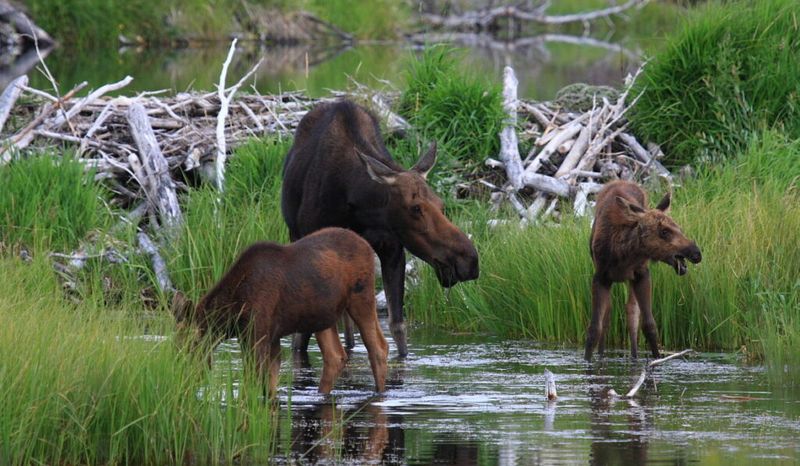
Moose might appear slow and docile, but these towering creatures are responsible for more attacks than bears. They are highly defensive, especially females with calves.
Their sheer size and strength make them dangerous when provoked. Moose can run up to 35 mph, and their powerful kicks can cause serious injury.
Historically, moose populations have fluctuated due to habitat changes and predation, but they remain a vital part of Yellowstone’s ecosystem. Always keep a respectful distance to avoid confrontation.
Black Bear
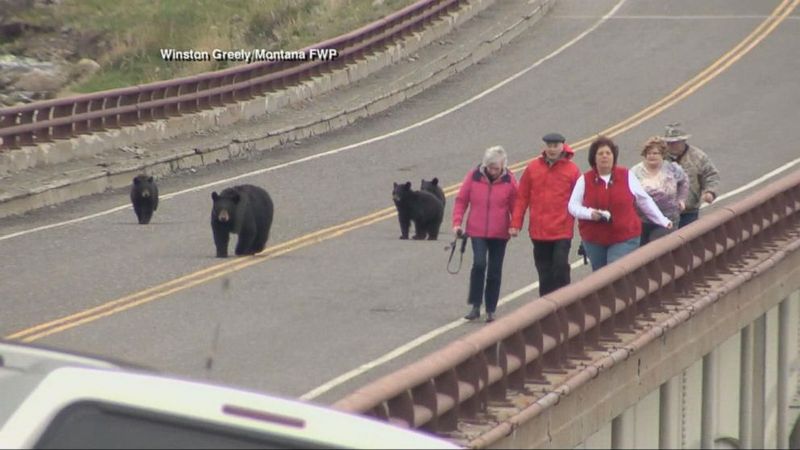
Black bears are smaller than their grizzly cousins but can still be dangerous. Found throughout Yellowstone, they are curious and often attracted to food left by careless campers.
While generally less aggressive, black bears will defend themselves if they feel threatened. They are excellent climbers, so storing food properly is essential.
Did you know? Black bears can be black, brown, or even cinnamon-colored. Always secure your campsite and never approach these bears, no matter how harmless they appear.
Coyote

Coyotes are adaptable and intelligent, often seen trotting across Yellowstone’s open spaces. They typically hunt small mammals but have been known to target unattended pets.
Despite their size, coyotes are resourceful and can become aggressive if threatened. They play an important role in the park’s food chain by controlling rodent populations.
Fun fact: Coyotes communicate with a variety of vocalizations, including barks, yips, and howls. Always supervise pets closely, especially near coyote habitats.
Bald Eagle

The sight of a bald eagle soaring above Yellowstone is unforgettable. These iconic birds of prey are master hunters, with razor-sharp talons and keen eyesight.
They primarily feed on fish but will scavenge when necessary. Though not a direct threat to humans, their presence is a reminder of nature’s power.
In the 20th century, bald eagles faced extinction due to pesticides, but conservation efforts have helped them recover. Spotting these majestic birds is a highlight of any Yellowstone visit.
Wolverine
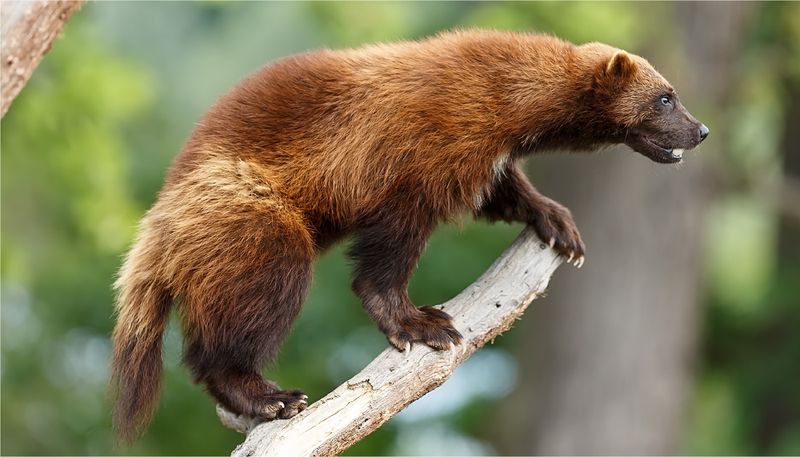
Known for their ferocity, wolverines are elusive and rarely seen in Yellowstone. These solitary creatures have powerful jaws and are skilled climbers.
Despite their small size, they can take down prey many times their size. Wolverines are highly territorial and will fiercely defend their range from intruders.
Did you know? Wolverines have been known to travel over 15 miles in a single day in search of food. Always be aware of your surroundings when hiking in remote areas.
Pronghorn Antelope
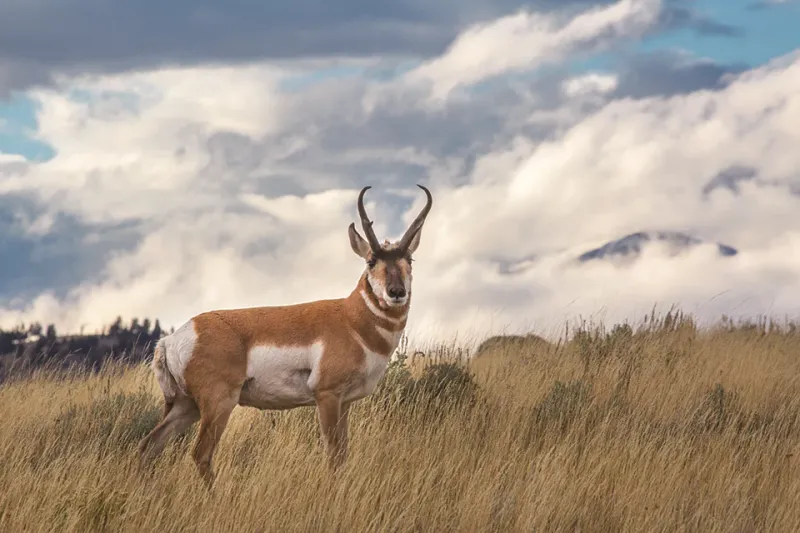
Pronghorn are the second-fastest land animals, reaching speeds of up to 55 mph. While they usually flee from danger, their speed can be a hazard for drivers in Yellowstone.
These agile creatures are often seen grazing in large herds. Their keen eyesight helps them detect predators from afar, contributing to their survival.
Pronghorns are unique to North America and have roamed the continent for millions of years. Always drive cautiously in areas where pronghorns are present to avoid collisions.
Bison Calf

Bison calves, with their playful antics, are a delightful sight. However, approaching them can provoke protective mothers. These calves grow rapidly, gaining as much as two pounds daily.
Their bright rusty-red coats help mothers keep track of them amidst the herd. Despite appearing vulnerable, bison calves are surprisingly resilient.
Fun fact: Bison calves are nicknamed “red dogs” because of their coat color. Always admire from a distance, allowing these young animals to flourish safely in their natural habitat.

